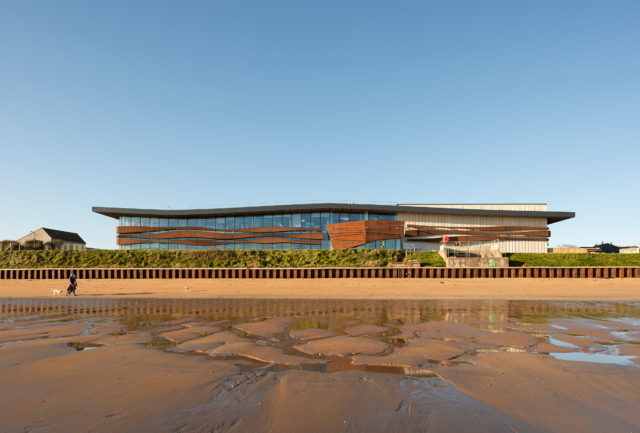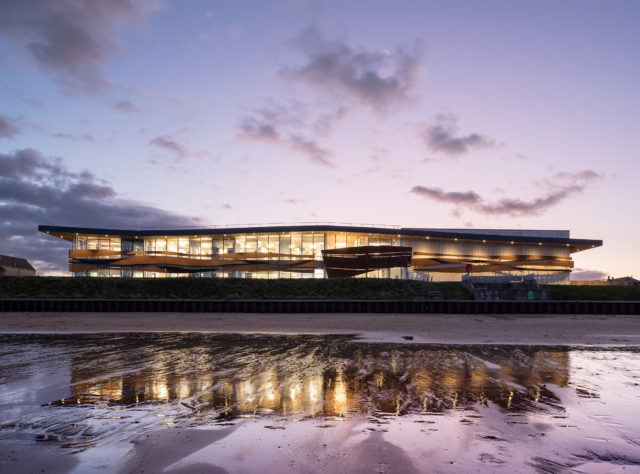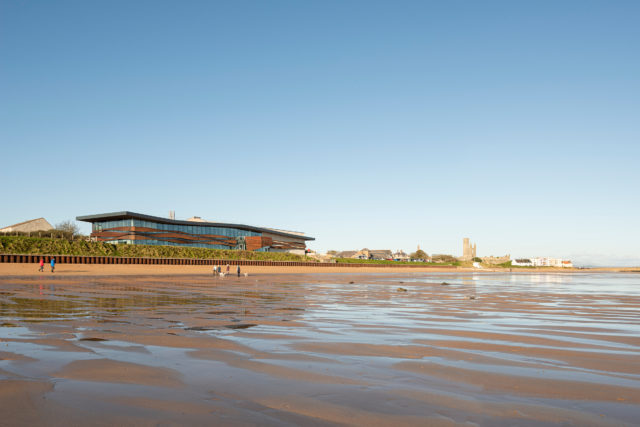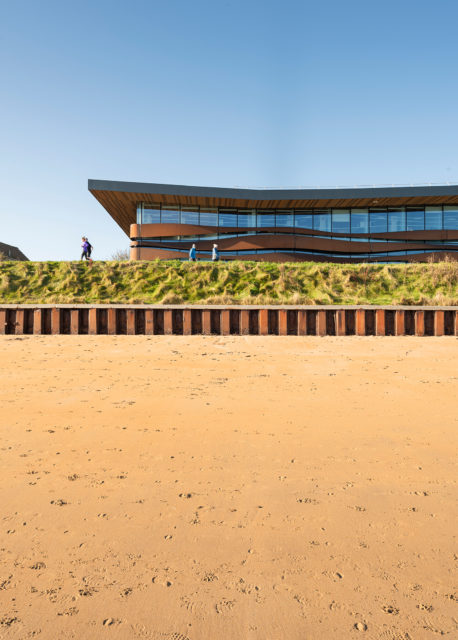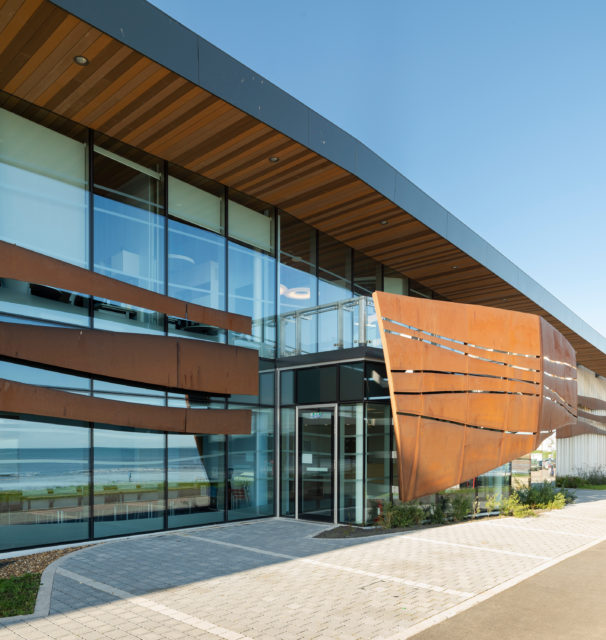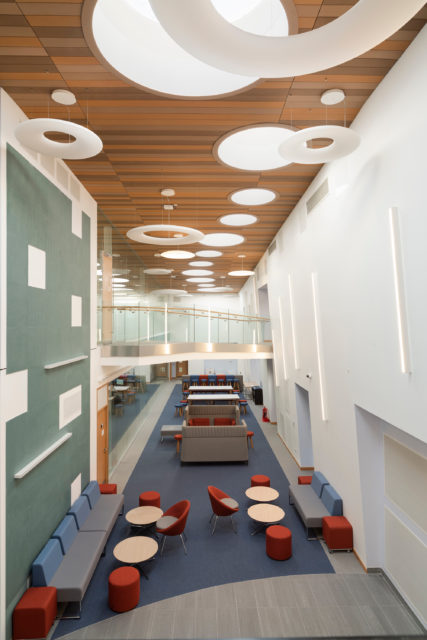Scottish Oceans Institute, University of St Andrews
Category
ARCHITECTURE: Education Building or Project
Company
BMJ Architects
Client
University of St Andrews
Summary
The Scottish Oceans is an interdisciplinary research institute studying the marine environment with a key focus on research excellence in marine related science. The Institute was awarded funding to redevelop their aquaria facilities to support research activities by bringing together University of St Andrews researchers who share an interest in oceanic systems science in its broadest sense.
The Client’s Challenge
The client's vision required a building in which world-class, collaborative marine science research and teaching could take place while providing a forward looking image for the Institute and University as a whole. The brief brings together disparate research groups and elements such as;
• bespoke aquarium with individual controlled and adaptable environments;
• a variety of dry research space;
• public engagement & teaching space;
• collaborative interface space without drawing attention to the sensitive and secure nature of the research undertaken;
• integrate existing buildings and allow for future expansion and flexibility.
The design proposal had to reflect the importance of the historical & prominent site location to ensure key views were maintained, and the facility fitted into the urban context with materials that draw from this rich heritage while offering robustness against the harsh beach side environment.
The Solution
The overarching design concept and strategy for the building was to provide a roof form evoking notions of wave forms, all components of the diverse client brief sit below this. The form is expressed through facades deep into the plan to emphasise collaboration.
A prominent arrival point created with a sail form located centrally to the elevation. The approach reduced the visual impact of the existing buildings whilst providing an ambitious and high-quality statement using materials that are discreet and appropriate within their context.
Innovation and Added Value
The Collaboration Zone stitches together all the components of the brief and provided new informal, flexible opportunities of working.
Brise-soleil 'waves' surrounding the building were formed of Corten steel having a natural platina of rust that protects itself ironically from further corrosion. This unique material strongly connects notions of time, memory and nature, weathering and becoming increasingly respectful with continued exposure to the elements.
The Aquaria is encapsulated in cast concrete walls formed to incorporate the texture of harbour timber projecting both grainy texture and simplicity. Dry research space is transparent in its connection to the sea underpinning the science ongoing.
Significant challenges being; site constraints, environment, buildability, specification, detailing, access, regulatory approvals & design robustness.

